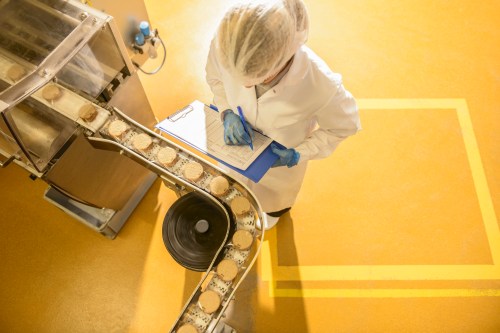Our editors independently select these products. Making a purchase through our links may earn Well+Good a commission
I’ve heard a lot of folks with vaginas talk about their “best orgasm ever,” and I have often wondered, What, specifically, does that really mean? On a quest to find out what a great orgasm really entails (and how to have more of them), I sat down with Dr. and host of long-running podcast, Sex with Emily, whose mission it is to normalize the conversation around sex and to help all genders discover their most pleasurable sex life.
Experts in This Article
sexologist and host of the Sex With Emily podcast
“People often think one kind of orgasm—whether internal, clitoral, cervical, or otherwise—is better than another,” says Emily Morse, PhD, doctor of human sexuality and host of the Sex With Emily podcast. But really, she adds, any kind of orgasm is a great orgasm.
While she caveats that different types of orgasm may be inclusive of different elements, most are associated with being beneficial for us. “There are so many mental, physical, and emotional benefits of having an orgasm,” she adds. “When we have an orgasm, we’re flooded with hormones like oxytocin and dopamine,” which are hormones associated with relieving stress and stimulating feelings of relaxation and trust.
To dial things back a bit, keep in mind that orgasm is only one of four phases of the sexual response cycle. Though it may be the final phase, and the one most often associated with a mind-blowing sex session that can differentiate a good versus great orgasm, it only happens after the other three phases—anticipation, excitement, and plateau—build up to it. And to be sure, hitting those non-physical components of the sexual response cycle is crucial for having a great rather than just good orgasm.
Letting go of your inhibitions during partnered sex or masturbation is crucial, because mental arousal plays a huge tole in having excellent orgasms. When you are uninhibited, you will go toward what makes you feel good, and this will make your orgasms even better.
So, we know we need to let go of any mental blocks, but what else can we do physically to enhance our next orgasm? Dr. Morse suggests these four things:
What separates a good vs a great orgasm? Get 4 tips below to have the one possible
1. Get comfortable with masturbation
Dr. Morse says self-pleasure is “the best time to make sure you understand your body and to help you figure out what you like and what you want.” Once you learn more about what you enjoy, you will have an easier time replicating the effect with a partner who makes you feel safe. To help figure that out, if you aren’t already well-acquainted with the land of vibrators, consider working one into your masturbation routine—like this one from Maude, which is great for beginners because of its soft, clitoris-friendly tip.
2. Always make time for foreplay
“Foreplay is a requirement, not a suggestion,” Dr. Morse says. When you engage in foreplay before the main event, you bring in extra blood flow and sensitivity, and you will feel a bigger sense of release in the end. If you need some support in that arena, tap this plusOne feather tickler to (just barely) stimulate *all* your erogenous zones (or those of a lucky partner), and get yourself primed and raring to go.
3. Experiment with edging
Dr. Morse says that edging, or “coming right up to the edge of your orgasm, backing off, and repeating,” can be done on your own or with a partner. “It builds up a lot of sexual energy and can feel very explosive when finally released.”
4. Don’t skip the lubricant
“We can be very turned on and not wet, or we can be very wet and not turned on,” Dr. Morse says. When you add lube to the equation, you have “guaranteed wetness,” which she adds can contribute to a great, not just good orgasm. Take it a step further with a CBD lube, which can boost the sensations you’re feeling by increasing blood flow to all those stimulated regions.
Ultimately, she says, we could all benefit from taking a little pressure off. “The more we feel connected, feel sex without shame, and accept our bodies, the more we are able to be present and have more pleasure and orgasms,” say Dr. Morse.
Oh hi! You look like someone who loves free workouts, discounts for cult-fave wellness brands, and exclusive Well+Good content. Sign up for Well+, our online community of wellness insiders, and unlock your rewards instantly.
Sign Up for Our Daily Newsletter
Get all the latest in wellness, trends, food, fitness, beauty, and more delivered right to your inbox.
Got it, you've been added to our email list.










